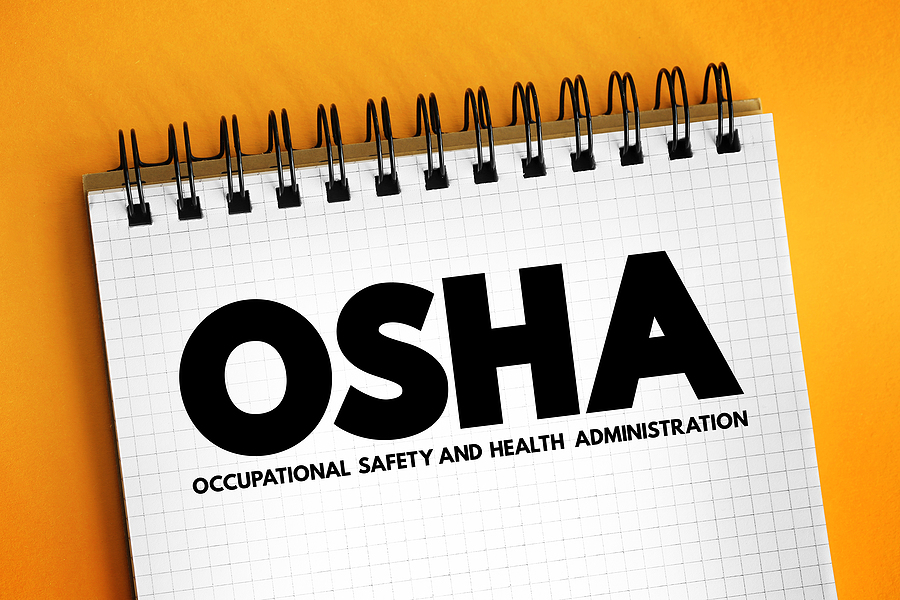OSHA Recordkeeping and Reporting Facts Every Employers Needs to Know

The United States Department of Labor established Occupational Safety and Health Administration (OSHA) with the mission of ensuring safe and healthy working conditions for working men and women. This was implemented on 28th April 1971. The objective of this was to set and enforce standards for working men and women, by providing them with education, training, and assistance.
OSHA periodically conducts workplace inspections, often in response to a worker complaint since enforcement is a part of their purpose. During these examinations, they may want to check different records of illnesses and injuries.
Due to the possibility of severe penalties after an OSHA inspection, it is prudent for all companies to ensure that their recordkeeping meets OSHA’s expectations and is complete and accurate.
Who Must Maintain OSHA Records?
Prior to comprehending the kinds of events that must be documented, it’s critical to ascertain if your company is in fact obliged to maintain OSHA records.
Any employer regulated by the Occupational Safety and Health Act that employs eleven or more people is required by 29 CFR 1904 to keep OSHA injury and illness records. Businesses in certain low-hazard sectors and those with ten or less workers are partly free from maintaining such data.
There may be annual fluctuations in the number of employees in many smaller firms. Employers need to reevaluate their maximum employment figures in these situations. Unless you work in a sector that is exempt, you must report safety occurrences if you employ more than ten people at any point throughout the year.
Furthermore, not every company is governed by federal OSHA laws. As of right now, 26 states and 2 U.S. territories are using State Plans that have been authorized by OSHA.
OSHA has made it very clear that “State plans must have occupational injury and illness recording and reporting requirements that are substantially identical to the requirements in this part,” even if these plans may vary in certain ways from federal laws.
